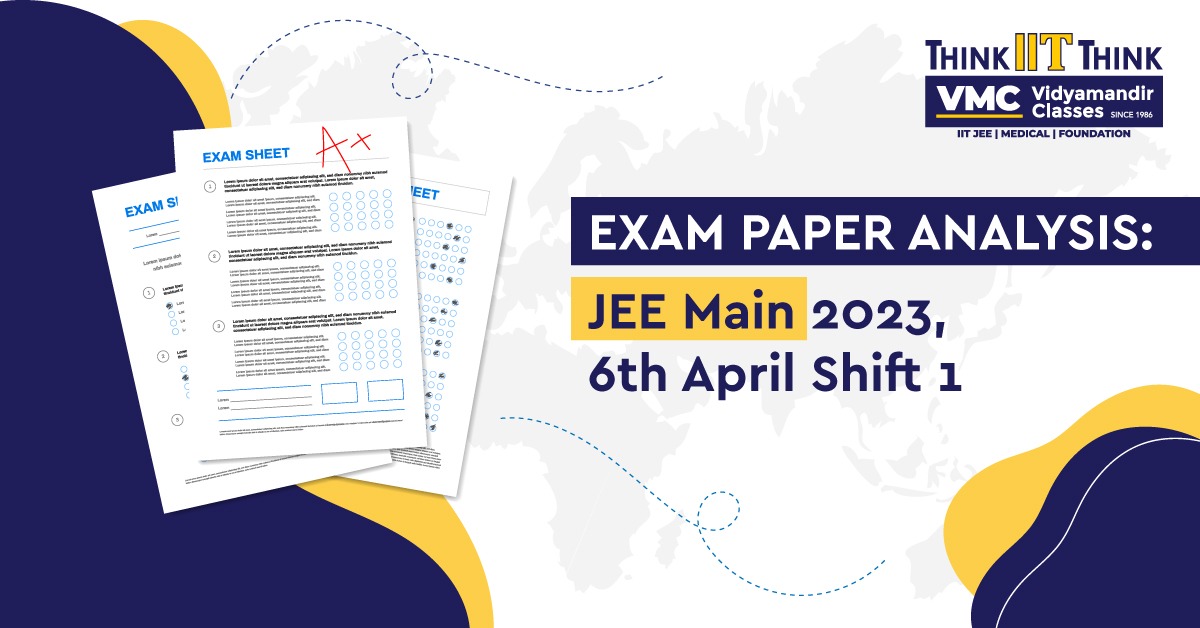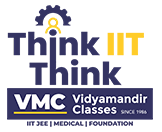Exam Paper Analysis: JEE Main (Session-2) April 6 Shift 1 Exam Paper!
 Posted On
Posted On
218 total views, 1 views today
On April 6, the first shift of the JEE Main 2023 exam was successfully administered by the National Testing Agency. The first shift began at 9 a.m. and finished at 12 p.m. Applicants were allowed three hours to finish the exam. Two hours prior to the start of the exam, candidates were required to arrive at the exam location.
Under the JEE Main 2023 exam grading system, candidates will receive four marks for each right response. A mark will be subtracted for each wrong response, and there is no marking for unanswered questions.
Only the admit card, self-declaration form, a valid ID, a transparent ballpoint pen, and hand sanitizer are permitted to be brought into the exam room by candidates.
Student’s Opinion is provided here
Students who took the examination in shift 1 have provided updates, indicating that the exams’ overall difficulty level was moderate.
- Students rated the physics paper as simple, the chemistry paper as moderate, and the mathematics paper as challenging.
- Five questions about biomolecules and polymers, as well as questions about 3D vectors, were included in the mathematics exam, according to students.
- Additional subjects covered include the environment, magnetism, and alternating current.
Expert analysis is provided here
It was an Easy to Moderate level paper overall. Physics was the easiest subject, but Mathematics was regarded as mediocre by many pupils due to the lengthy calculations.
- Chemistry: According to expert review, the paper was mostly based on NCERT textbooks. Even in Physical Chemistry, the percentage of numerical questions was modest, and many of them had a theoretical bent. On general, the questions from the Physical, Organic, and Inorganic Chemistry were distributed rather evenly. There were questions from important chapters like Block, Coordination, Biomolecules, Alcohol, Phenol, and Ether, Chemical Bonding, and Aldehyde, Ketone, and Carboxylic Acids.
- Physics: The paper adequately covered questions from Mechanics, Current Electricity, Semiconductors, and Modern Physics. There were two questions on modern physics and two questions on present electricity in the paper. Additional chapters were also incorporated in the appropriate amounts. Physics was almost equally weighted on the exam, according to students in grades XI and XII.
- Mathematics: Due to the extensive calculations required, the mathematics paper was moderately time-consuming. There were sporadically a few good questions. There were questions from Calculus, Coordinate Geometry, Probability, Vectors & 3D, and Algebra. Vector and 3D dominated the paper. Nearly all topics were covered. The key, once more, is practice through mock exams.

